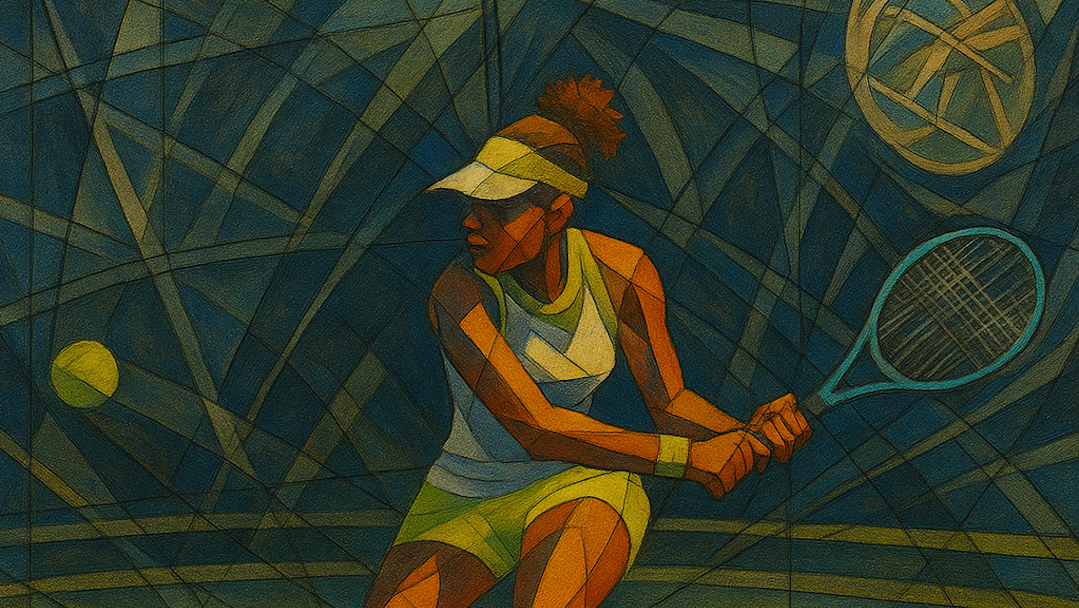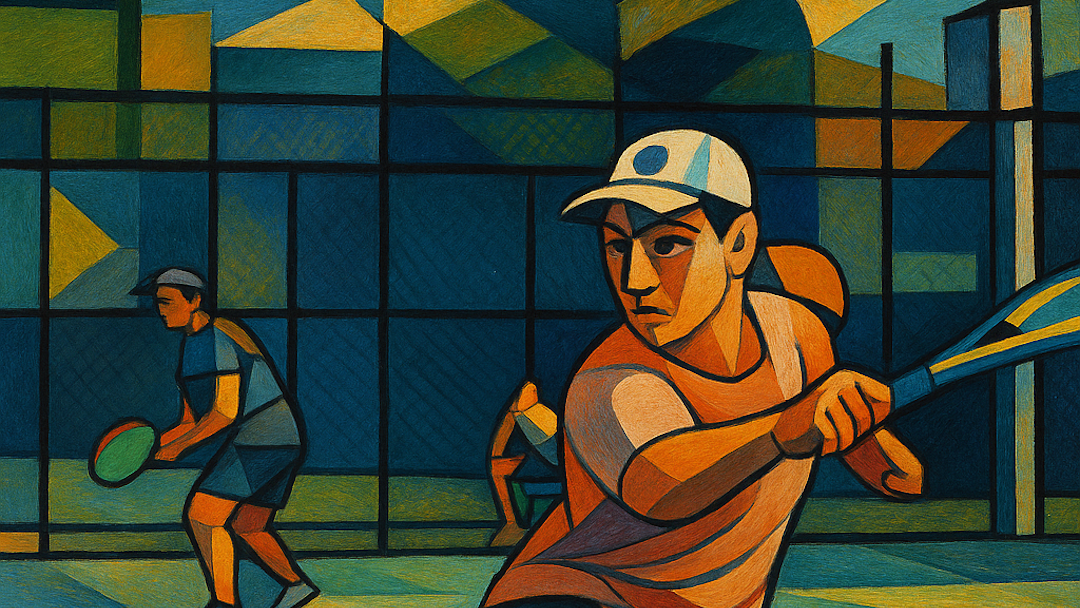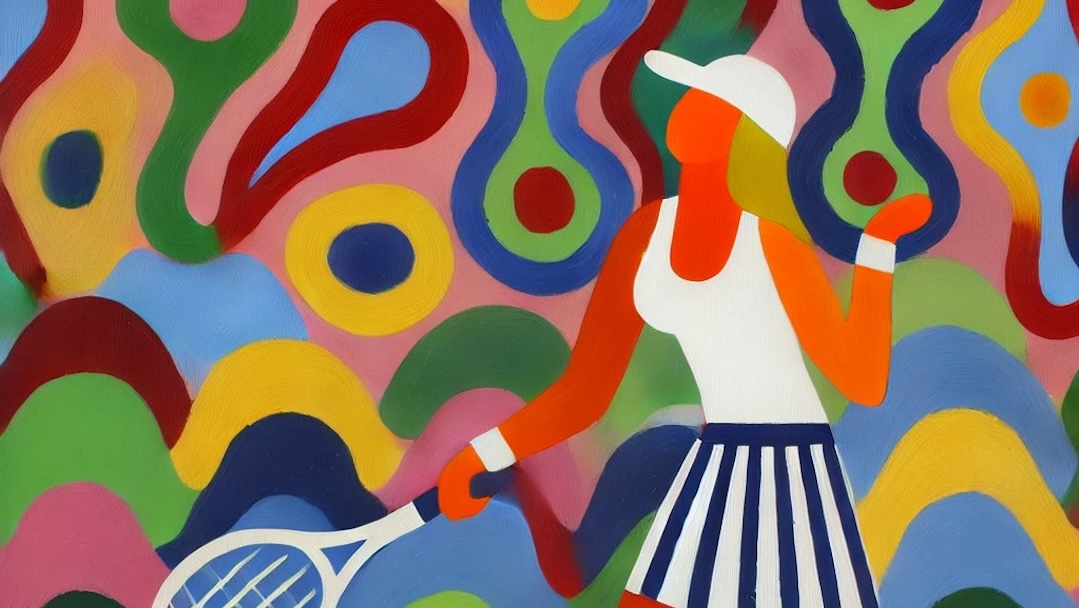One of the key takeaways from the March chapter of The Happiness Project is that joy and productivity are often interconnected. One of the recommendations that Gretchen Rubin makes in that book is to take advantage of small amounts of otherwise unused time to boost happiness or for incremental progress toward a larger objective. Dismissing small blocks of open time as insufficient to be productive is sometimes tempting. However, a lengthy uninterrupted effort is not required to make progress or experience joy. Approached with intention, small moments can make a difference. With a proactive mindset, we can use time fragments to do something that makes us happy or take meaningful steps toward a personal objective. That can contribute to greater fulfillment in the long run.
Life is full of small, often overlooked moments that could be repurposed in ways to serve us better. For example, arriving early when playing tennis is polite. It is a sign of respect for other people while also ensuring that court time isn’t wasted by skidding in at, or slightly after, the appointed time. Additionally, penalties for not showing up by the scheduled start can be severe in league or tournament play. Unfortunately, arriving early can create small blocks of idle time that might be squandered.
If a court is available for warm-up, that is always a good thing to do. However, players arriving early frequently have additional options. The first to arrive can hit serves or work on drop fed stroke technique. If enough players arrive on time for an extended warm-up, rather than simply progressing through the usual routine, spending time on structured point patterns or drills could be beneficial.
If a court isn’t available prior to the start of a tennis engagement, a player can still use that time to prepare before taking the court. Stretching, footwork exercises, and muscle activation are essential. Additionally, players could put themselves into the proper mental state by meditating or engaging in deep breathing exercises. Another alternative is to use the extra time to review the opposing team’s roster, and consider strategy and tactics that might be effective against those opponents. Whether for a league match, practice session, or drill, it is always a good idea to take a few moments to set personal objectives or intentions for the upcoming time on court.
Those small blocks of time in other settings can also be redirected toward tennis goals. For example, balance exercises can be done during long conference calls, helping to improve stability and footwork without taking time away from your day. When stuck in an unproductive meeting, you could mentally review your last match, identifying patterns in your play that need improvement. If you’re waiting in line or on hold, visualize key shots, like a smooth serve motion or a confident volley, reinforcing muscle memory through mental rehearsal. Commute time can be used to listen to a tennis podcast or analyze upcoming opponents. When used intentionally, these small moments add up over time and can contribute to noticeable improvements in your game.
Even brief moments between tasks can be used to reset and boost energy. A quick walk or a few light stretches can shift your mindset and provide an emotional boost. Using small blocks of unused time to do something productive or that sparks happiness makes a difference. Whether it’s a mental reset before a match, a strategic advantage gained by thinking ahead, or small personal improvements, these moments can be converted into happiness and personal growth rather than wasted time. By embracing this mindset, we can create more happiness and build better habits in both tennis and life.
Fiend At Court participates in the Amazon associates program and receives a paid commission on any purchases made via the links in this article. Details on the disposition of proceeds are available on the “About Fiend at Court” page.
Throughout 2025, I am dedicating the first full weekend of every month to exploring how ideas from Gretchen Rubin’s The Happiness Project (<- Sponsored Link) can spark greater enjoyment and happiness in tennis. This is a non-tennis book that I have come to believe everyone should read. Seriously, you should get your hands on a copy of this book and consider trying some of the techniques described by the author.




